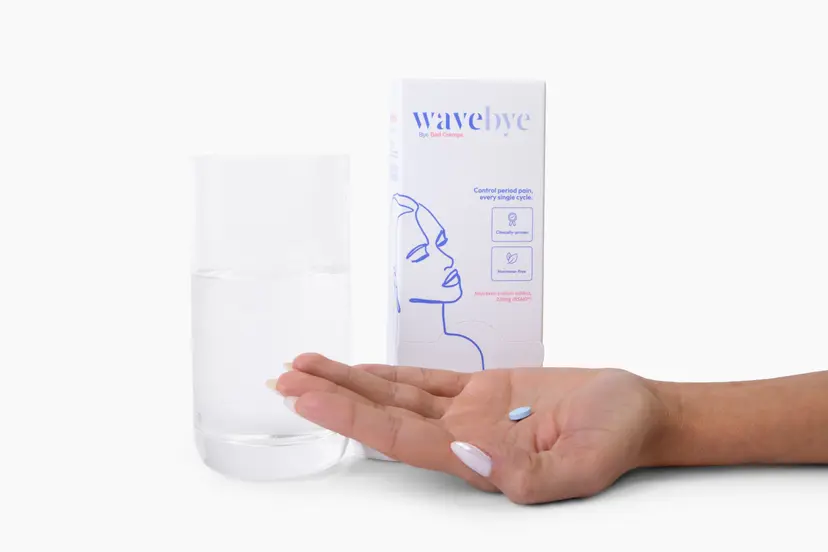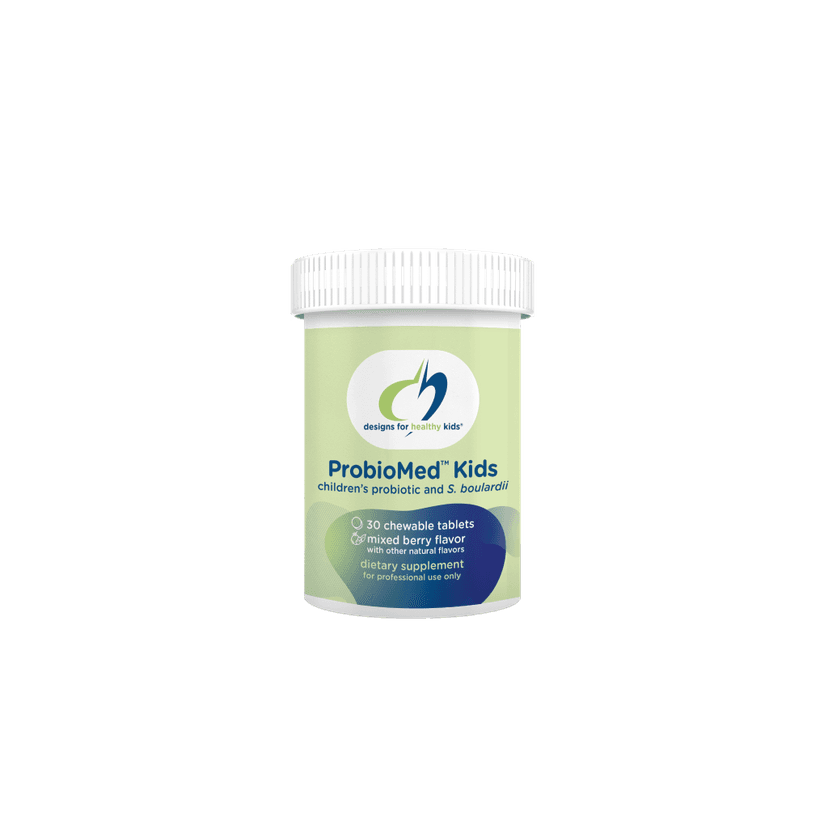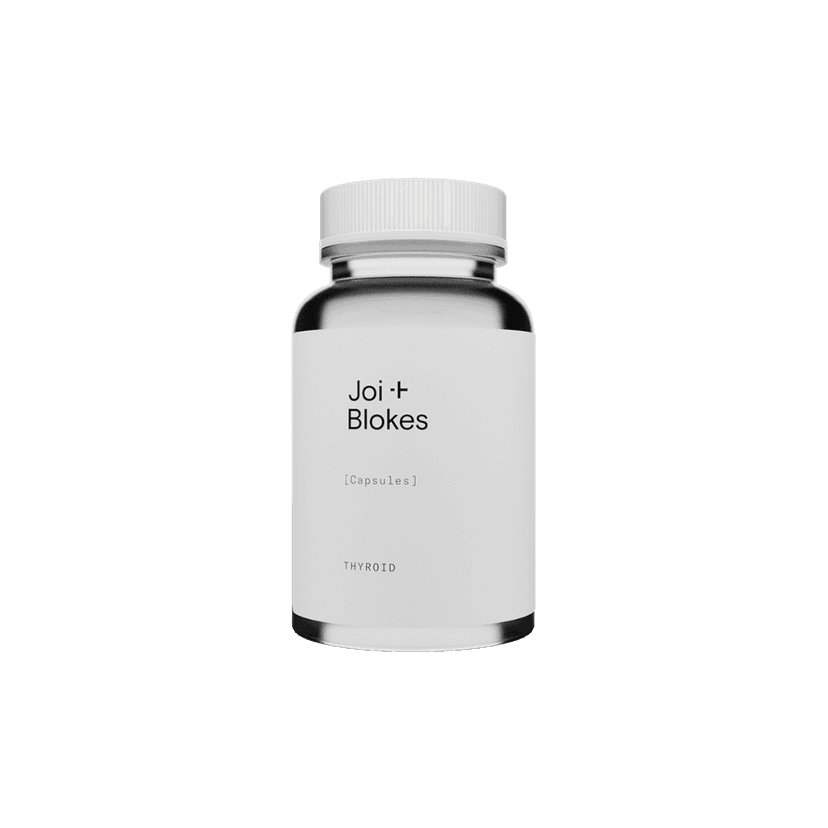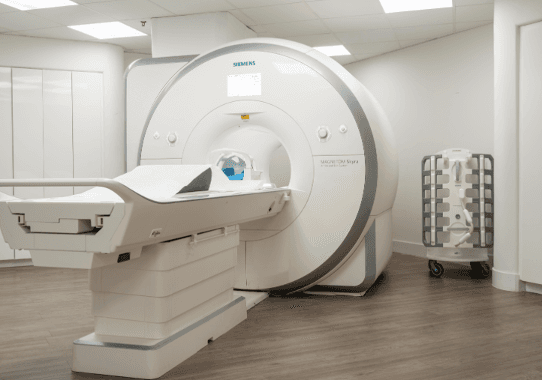Cold plunges, or immersing oneself in cold water, have gained popularity for their supposed health benefits. From faster recovery to better mood, many people swear by this chilly practice. But what does science say about it? Are there real benefits, or is it just hype? Read on to find out what experts and research have to say about the benefits and risks of cold plunges.
Key Takeaways
- Cold plunges can help with muscle recovery and pain relief.
- They may improve mood and reduce stress.
- Cold water immersion can boost circulation.
- There are risks, like cardiovascular issues and hypothermia, so safety is key.
- More research is needed to fully understand the benefits and risks.
Understanding Cold Plunges
Definition and History
A cold plunge involves immersing most of your body in cold water, typically between 50-60°F, for a short period. This practice, also known as cold-water immersion, has been around for centuries. Ancient civilizations, like the Romans and Greeks, used cold baths for their supposed health benefits.
Types of Cold Plunges
Cold plunges can be done in various ways:
- Bathtubs: Fill your bathtub with cold water and ice cubes.
- Outdoor Troughs or Buckets: Use a large container filled with cold water.
- Natural Bodies of Water: Take a dip in an icy lake or ocean.
Cultural Significance
Cold plunges hold cultural importance in many parts of the world. In Scandinavian countries, it's common to alternate between hot saunas and cold plunges. This practice is believed to boost circulation and improve overall well-being. In Japan, cold-water immersion is part of traditional Shinto purification rituals.
Cold plunges are more than just a trend; they are deeply rooted in history and culture, offering a unique blend of physical and mental benefits.
Physiological Benefits of Cold Plunges
Enhanced Recovery
Cold plunges are popular among athletes and fitness enthusiasts for their ability to speed up recovery after intense workouts. The cold water helps reduce inflammation, muscle soreness, and swelling, which can lead to a quicker recovery process. This makes it easier for individuals to maintain a consistent training schedule.
Pain Perception and Management
Cold water immersion can alter pain perception, making it a useful tool for managing discomfort. The cold triggers the release of endorphins, which are natural painkillers produced by the body. This can provide temporary relief from chronic pain conditions and acute injuries.
Impact on Circulation
Cold plunges promote better blood circulation by causing blood vessels to constrict and then dilate. This process, known as vasoconstriction and vasodilation, can improve cardiovascular health. Enhanced circulation helps deliver oxygen and nutrients more efficiently throughout the body, which can be beneficial for overall well-being.
Regular cold plunges can lead to long-term improvements in circulation and cardiovascular health, making it a simple yet effective practice for maintaining a healthy lifestyle.
Mental Health Benefits
Mood Enhancement
Cold plunges can lead to a noticeable improvement in mood. A quick dip in cold water can increase levels of dopamine and endorphins, which are chemicals in the brain that make you feel happy. This can result in a feeling of euphoria and heightened clarity or focus immediately afterward.
Stress Reduction
Taking a cold plunge can also help reduce stress. The sudden exposure to cold water can trigger the body's fight-or-flight response, which can help you become more resilient to stress over time. This practice can make it easier to handle everyday stressors.
Cognitive Function
Cold plunges may also have a positive impact on cognitive function. The increased blood flow and oxygen to the brain can help improve mental clarity and focus. Some people find that they can think more clearly and concentrate better after a cold plunge.
Regular cold plunges can be a simple yet effective way to boost your mental health. While more research is needed, many people find that this practice helps them feel better both mentally and physically.
Potential Risks and Precautions
Cardiovascular Concerns
Cold plunges can be risky for people with heart conditions. The sudden drop in temperature can cause the blood vessels to constrict, leading to increased heart rate and blood pressure. Always consult your doctor if you have any preexisting heart issues before trying a cold plunge.
Hypothermia Risks
Staying in cold water for too long can lead to hypothermia, a dangerous drop in body temperature. Symptoms include shivering, confusion, and loss of coordination. To avoid this, limit your time in the water and make sure to warm up immediately afterward.
Guidelines for Safe Practice
To safely enjoy the benefits of cold plunges, follow these guidelines:
- Start Slowly: Begin with shorter durations and gradually increase your time in the water.
- Monitor Your Body: Pay attention to how your body reacts and get out if you feel dizzy or overly cold.
- Warm Up Afterward: Have warm clothes and a hot drink ready for after your plunge.
- Avoid Alcohol: Do not consume alcohol before or after a cold plunge as it can impair your body's ability to regulate temperature.
Cold plunges can be invigorating and beneficial, but it's crucial to approach them with caution and awareness of the risks involved.
Scientific Research and Expert Opinions
Current Research Findings
The scientific community is still exploring the full range of benefits and risks associated with cold plunges. Many studies lack robust evidence and often have small sample sizes. For instance, most research includes healthy young men, which limits the generalizability of the findings. Despite these limitations, some studies suggest potential benefits, such as improved circulation and reduced muscle soreness.
Expert Insights
Experts like Denis Blondin, a physiologist, note that while many hypotheses about cold plunges are plausible, there is a need for more rigorous research. Similarly, Haman points out that much of the current information is based on "very thin research." He emphasizes that popular beliefs often outpace what science can confirm.
Limitations and Biases in Studies
One major issue in the existing research is the lack of randomized controlled trials, which are considered the gold standard in scientific studies. Most studies are small and not well-controlled, making it difficult to draw definitive conclusions. Additionally, the focus on healthy young men means that the results may not apply to other groups, such as older adults or those with health conditions.
The lack of robust scientific evidence is a running theme. More studies like randomized controlled trials are needed to understand the physical health benefits of cold plunges.
Incorporating Cold Plunges into Your Routine
Gradual Acclimation
Starting with cold plunges can be a bit of a shock to your system. It's important to ease into the practice gradually. Begin with shorter durations, such as 30 seconds to a minute, and slowly increase the time as your body gets used to the cold. This helps prevent any sudden stress on your body and makes the experience more enjoyable.
DIY Cold Plunge Methods
Creating a cold plunge at home doesn't have to be complicated. Here are some simple methods:
- Bathtub: Fill your bathtub with cold water and add ice to lower the temperature.
- Portable Pool: Use a small, portable pool in your backyard and fill it with cold water and ice.
- Shower: Start with cold showers before transitioning to full plunges.
Tips for Consistency
Staying consistent with cold plunges can be challenging, but these tips can help:
- Set a Schedule: Choose specific days and times for your cold plunges to build a routine.
- Track Progress: Keep a journal to note how you feel after each session and track improvements.
- Stay Motivated: Remind yourself of the benefits, such as improved recovery and mood enhancement.
Embracing cold plunges can be a refreshing addition to your wellness routine. With gradual acclimation and consistency, you can enjoy the numerous benefits they offer.
Conclusion
Cold plunges have gained popularity for their potential health benefits, but the science is still catching up. While some studies suggest improvements in recovery, pain perception, and mood, more research is needed to confirm these effects. It's important to approach cold plunging with caution, starting slowly and listening to your body. Remember, what works for one person might not work for another. So, if you're curious about trying cold plunges, make sure to do so safely and consult with a healthcare professional if you have any concerns.
Frequently Asked Questions
What is a cold plunge?
A cold plunge is when you immerse yourself in very cold water for a short time. It's also known as cold water immersion.
What are the benefits of cold plunges?
Cold plunges can help with faster recovery, pain relief, and better circulation. They might also boost your mood and reduce stress.
Are there any risks associated with cold plunges?
Yes, there are risks like heart problems and hypothermia. It's important to follow safety guidelines to avoid these dangers.
How do I start incorporating cold plunges into my routine?
Start slowly and let your body get used to the cold. You can begin with short durations and gradually increase the time.
Is there scientific proof that cold plunges work?
Some research shows promising benefits, but more studies are needed. Experts suggest being cautious and not overdoing it.
Can I do a cold plunge at home?
Yes, you can use a bathtub filled with cold water or even a cold shower to get similar benefits at home.






















